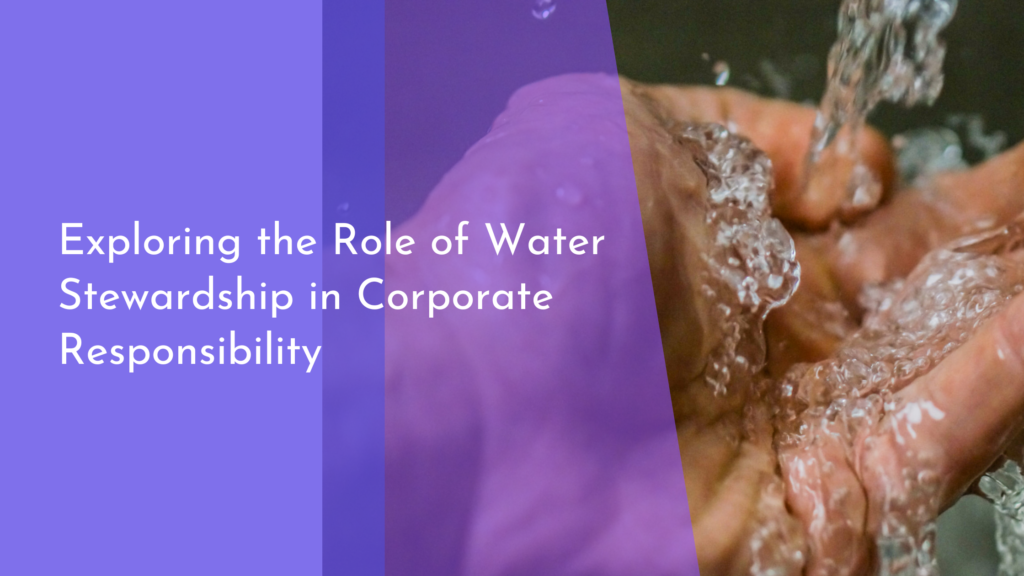How to Transition Off the Grid Using Renewables
Transitioning off the grid using renewable energy is a rewarding journey that empowers you to harness the power of nature for your daily energy needs. Moving towards an off-grid lifestyle not only reduces your carbon footprint but also offers a sense of independence and self-sufficiency. In this guide, we will explore the steps to successfully transition off the grid, from understanding your energy requirements to maintaining your off-grid systems with ease.
Understanding Your Energy Needs and Goals
Before embarking on your off-grid journey, it’s crucial to assess your current energy consumption. Start by analyzing your utility bills to determine how much energy you typically use. Consider what appliances and systems are essential and which you can live without. This step is vital as it helps you identify your baseline energy needs, ensuring you choose a renewable setup that can adequately support your lifestyle.
Setting clear goals is equally important in this process. Are you aiming for a fully off-grid existence, or would you prefer a hybrid system that still connects to the grid for backup? Understanding your motivations, whether they are environmental, financial, or a mixture of both, will guide your decisions and help you prioritize which renewable technologies to adopt. This clarity will shape your entire off-grid planning and implementation approach.
Choosing the Right Renewable Energy Sources
Once you have a firm grasp of your energy needs and goals, it’s time to explore the various renewable energy sources available. Solar power is a popular choice due to its decreasing costs and ease of installation. Evaluate your location’s sun exposure to see if solar panels will be effective for you. Wind energy could be another viable option, particularly if you live in an area with consistent wind.
Hydropower might suit those with flowing water sources on their property. Each renewable source comes with its set of benefits and limitations. Thorough research and consultations with renewable energy experts can help you make an informed decision that aligns with your needs. Remember, you can also combine these sources to create a more robust and reliable off-grid system.
Setting Up and Connecting Your Renewable Systems
With your renewable energy sources chosen, the next step is setting up your systems. Hiring professionals to assist with the installation ensures that everything is done safely and according to local regulations. For solar systems, this means mounting the panels on your roof or on ground racks, connecting them to inverters, and setting up batteries for energy storage.
Once installed, your renewable systems need to be integrated seamlessly into your household. This includes careful planning of wiring and ensuring that your energy storage solutions, such as batteries, are properly configured to handle your consumption needs. Monitoring and management systems can also be installed to track energy production and usage, ensuring your off-grid systems operate efficiently and reliably at all times.
Maintaining Your Off-Grid Lifestyle with Ease
Living off-grid requires regular maintenance of your renewable systems to ensure they continue to function optimally. Regular cleaning of solar panels, checking for any debris or damage to wind turbines, and ensuring that your hydropower system’s flow is unobstructed are all key maintenance tasks. These small but essential steps prevent larger issues and extend the lifespan of your equipment.
Embracing an off-grid lifestyle also involves being conscious of your energy use. Cultivating habits like using energy-efficient appliances, turning off devices when not in use, and scheduling high-energy tasks for sunny or windy days can make a significant difference. By staying proactive in your maintenance and mindful in your consumption, living off-grid can be a seamless and enjoyable experience.
Transitioning off the grid using renewable energy is an exciting opportunity to embrace self-reliance and environmental responsibility. By thoroughly understanding your energy needs, selecting the appropriate renewable sources, setting up your systems correctly, and maintaining them with care, you can enjoy a sustainable lifestyle that is both fulfilling and cost-effective. With the right planning and commitment, your journey towards an off-grid life can be smooth and rewarding.


